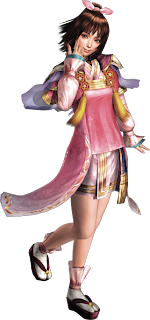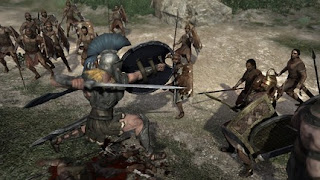I’m sure everyone is familiar with Tecmo Koei’s Warriors series of games. Whether they’ve played the games or not, everyone has seen the reviews, which inevitably slam each new release, dismissing them as mere “button mashers.”
 |
| This lovely lady’s tragic story rivals that of Romeo & Juliet |
| Warriors Orochi brings Samurai and Dynasty Warriors together. Pure fan service |
 |
| Warriors: Legends of Troy. The latest to be unfortunately slaughtered by the press |







